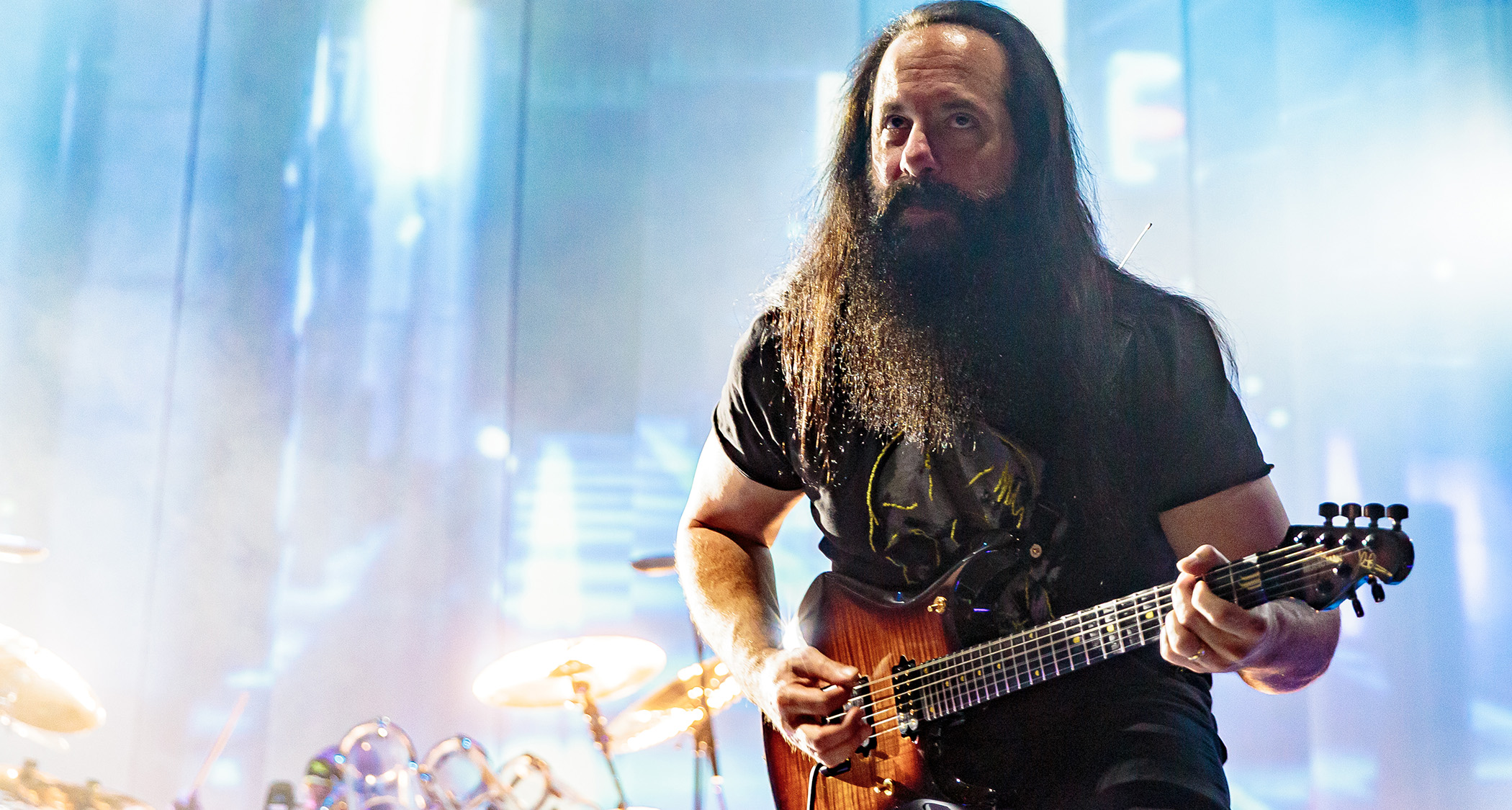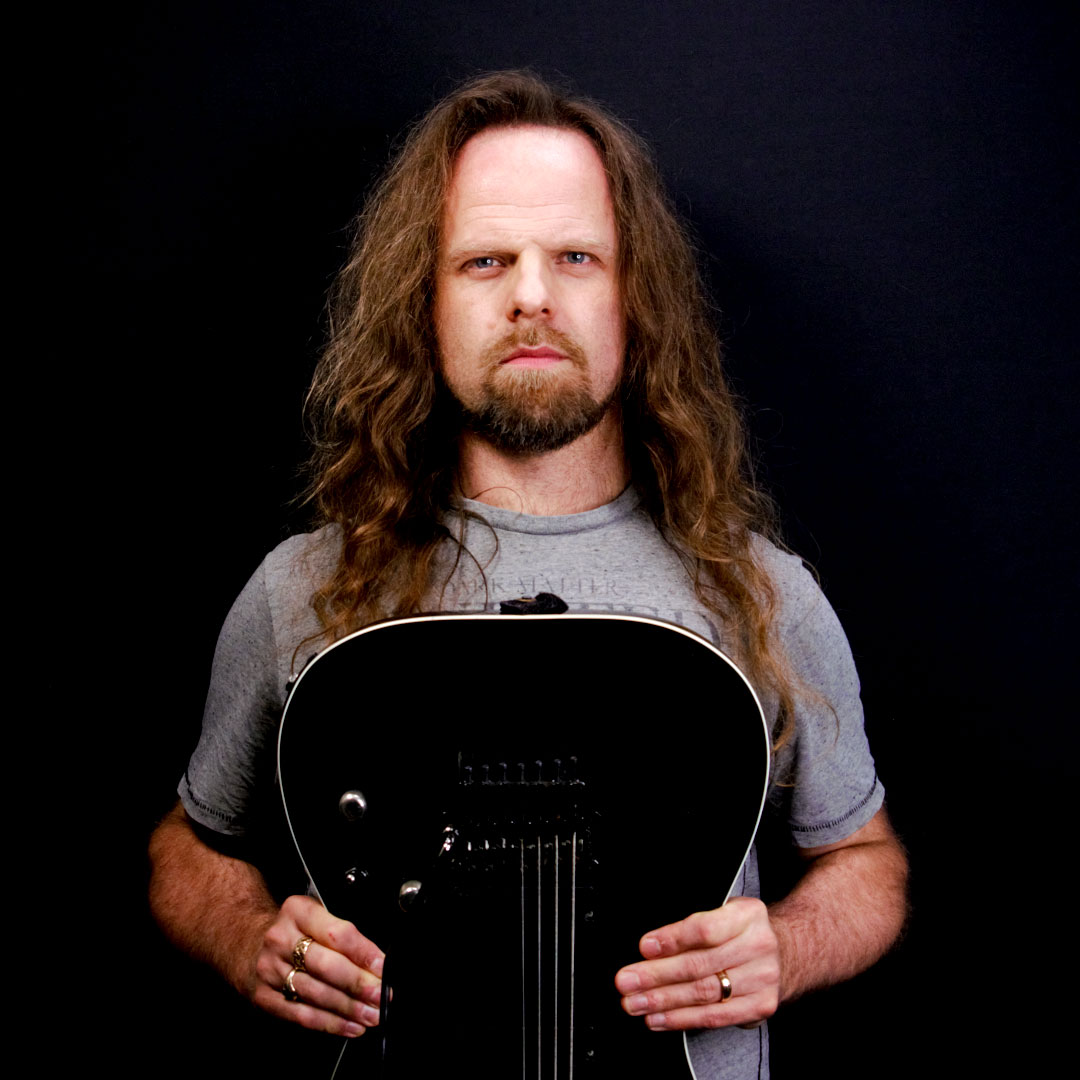Everybody knows John Petrucci for his God-like shredding abilities, but the Dream Theater virtuoso’s next-level rhythm playing deserves more attention
We examine the different approaches Petrucci takes for world-building with metal riffs – playing in different time signatures and executing them with on-point precision

When it comes to rhythm guitar, Dream Theater’s amazing six and seven-stringer John Petrucci moves between ‘wall of sound’ powerchords to fast, thrash-inspired phrases, intricate melodic motifs, and lush, clean, arpeggiated chord progressions.
With progressive rock bands Rush and Yes being a significant influence on the members of Dream Theater, time signature changes are never far away. This often results in rhythm patterns and riffs becoming extended or shortened as they explore thematic variations.
Due to the range of moods and emotions within Dream Theater’s music, it’s not uncommon to hear Petrucci move through a wide range of these approaches within a single song. Our two examples this month aim to reflect this broad range of approaches, so get ready to dive in.
Get the tone
Amp Settings: Gain 7, Bass 4, Middle 4, Treble 7
For a precise distorted tone, use your bridge humbucker pickup and the lead channel of your amp. Increase the gain until you locate a powerful sound that retains definition during palm-muted phrases.
To keep the sound focused, use no reverb or delay, but back off some of the bass and a small amount of the middle, then give the treble a slight boost for an authentic DT tone.
Example 1
The opening section starts as a single-note melody line, and then repeats as a heavy powerchord version of the same thing.
All the latest guitar news, interviews, lessons, reviews, deals and more, direct to your inbox!
To keep things ‘progressive’ sounding, the opening sections alternate between 3/4 and 5/4 time signatures, whereas the last section alternates between 3/4 and 4/4.
Keep the notes sustaining during this last section, as this contrasts nicely with the choppy rhythms played elsewhere.
Example 2
This study begins with a thrash-inspired riff with melodic phrase endings. The motif in the final bar of this section mirrors the phrase played in bar 4. However, to build anticipation, the motif is extended.
The second section features articulate powerchords and speedy 16th-note fills played in unison with the rhythm section. Timing precision is vital here in order to lock in tightly with the drums so the unison phrases sound intense. Enjoy!
Jamie is a regular contributor to Guitar Techniques and Total Guitar magazines. He is also a Principal Lecturer in guitar and live performance at BIMM Bristol. Alongside this, he shares seven string guitar duties with Steve Smyth (ex-Testament, ex-Nevermore, Forbidden), in the modern thrash metal band One Machine. Additionally, Jamie is the UK brand ambassador for ESP guitars, where he creates product demos and delivers clinics across the UK and throughout the Scandinavian countries. More recently, he co-created the ESP School of Metal Guitar, where a team of versatile metal guitarists break down all things heavy.

